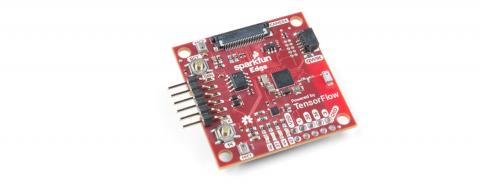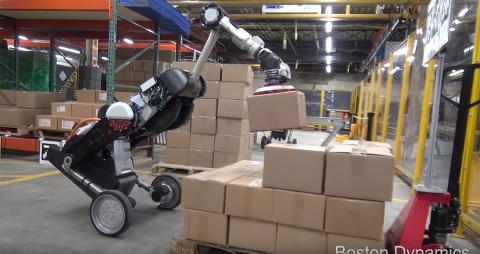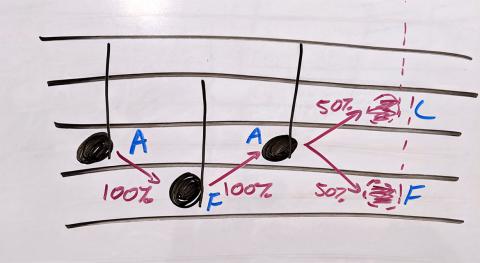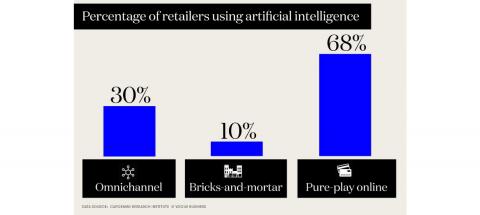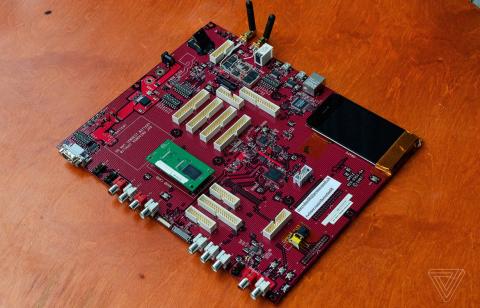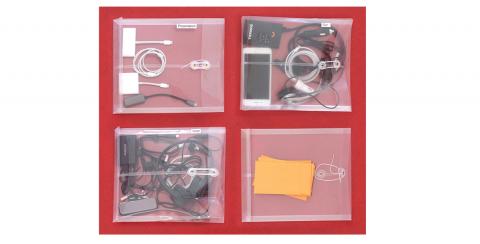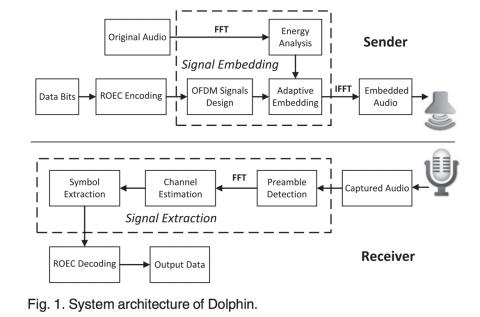The First Picture of a Black Hole
Scientists at the Event Horizon Telescope project released the first ever picture of a black hole this week! Using a data from an array of telescopes around the globe, the team combined the massive amounts of data to create the image of M87. Dr. Katie Bouman created the machine learning interferometry algorithm used to combine the data and produce the image of the event horizon.



